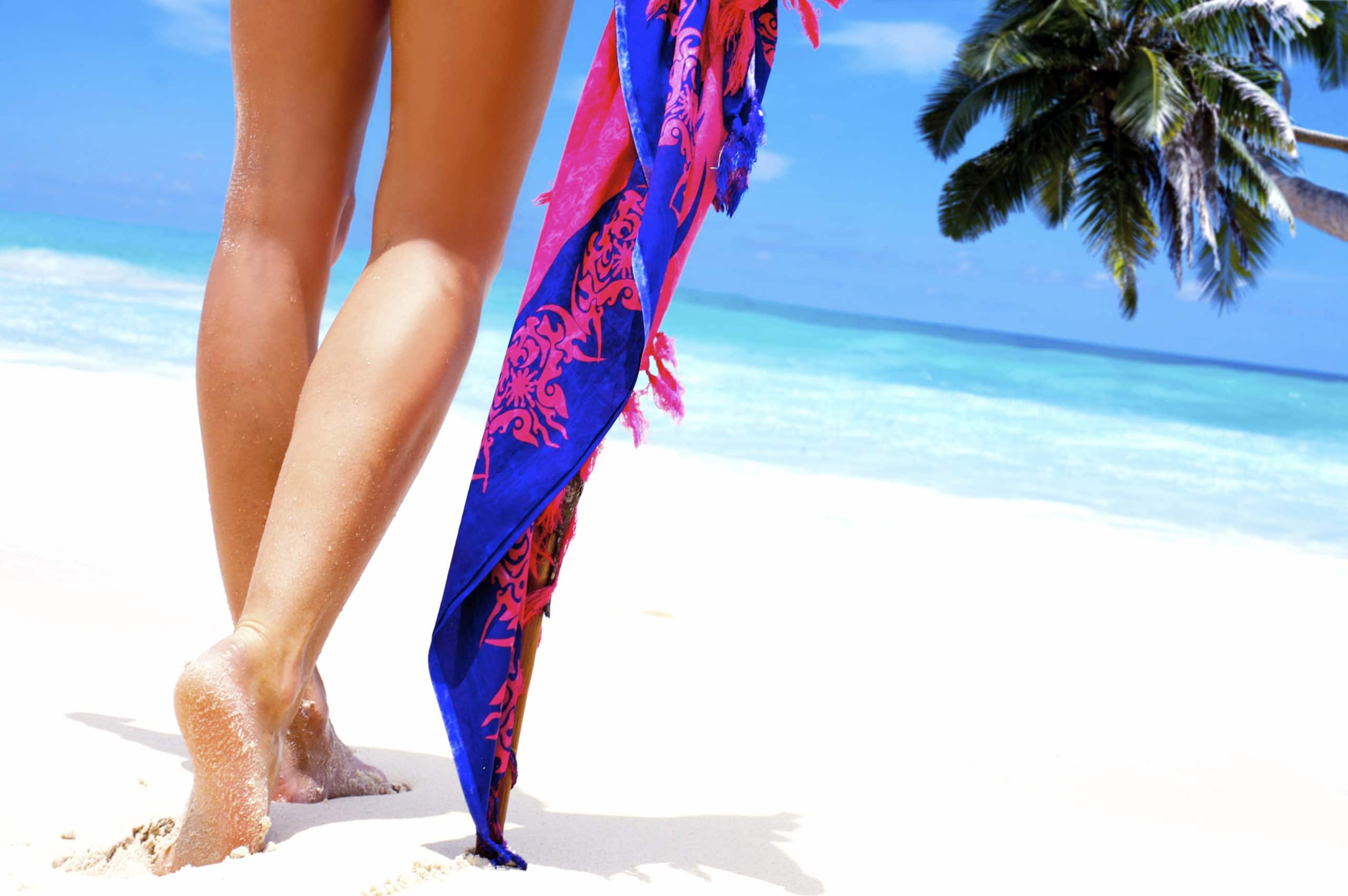There’s a lot of misinformation out there about varicose veins, especially whether they’re dangerous and whether they can cause other conditions. The good news is…
What Are the Other Conditions Related to Varicose Veins?

There’s a lot of misinformation out there about varicose veins, especially whether they’re dangerous and whether they can cause other conditions. The good news is that most of the misinformation is clickbait — designed to worry you into taking action.
To clear the air, here’s a breakdown of what conditions are related to varicose veins, whether those conditions are dangerous, and what you can do to reduce your risk.
Are Varicose Veins Dangerous?
Varicose veins are rarely dangerous. That being said, they may cause symptoms that seem unrelated at first, and they could potentially increase your risk of certain other conditions.
The more you know about those other conditions, the more empowered you’ll be to seek the right treatment.
What Conditions Are Related to Varicose Veins?
First things first — having varicose veins doesn’t mean that you’re destined for another vein problem. However, it is possible that varicose veins and the associated circulation problems could increase your risk of certain conditions.
Most of these conditions aren’t dangerous, and serious complications are rare, but it’s always a good idea to be educated.
Varicose Eczema
Varicose eczema, also called stasis eczema or gravitational eczema, affects the skin on the lower legs. It happens when the leg veins become less effective at pushing the blood back to the heart.
When the blood doesn’t flow upward as well as it used to, it starts to pool in the vessels of the lower legs. In time, that blood can start to leak through the smallest vessels in the legs and cause spots on the skin.
This is venous eczema. It’s not dangerous, but it can make your skin feel hot and itchy. If it goes untreated, the skin can become fragile, flaky, and shiny. Fortunately, symptoms are treatable with moisturizers and topical steroids.
Varicose veins can increase your chances of getting varicose eczema, simply because they’re less effective at encouraging blood flow. Also, the vein weakness that causes varicose eczema also causes varicose veins, so people with one are more likely to develop the other.
Venous Leg Ulcers
Blood flow problems in the lower leg can also cause an uncomfortable but treatable condition called a venous leg ulcer. These sores usually develop above the ankle on the inside of the leg.
Symptoms of a venous leg ulcer include:
- Pain, itching, and swelling in the affected area
- Discolored or hardened skin around the sore
- Discharge from the sore
Having varicose veins may mean that you’re at higher risk of venous leg ulcers for the same reasons you might develop varicose eczema.
The good news is that if you do get an ulcer, compression treatment and regular cleaning can help it heal.
You can also reduce your risk of developing leg ulcers by:
- Wearing gradient compression stockings to encourage healthy blood flow in the legs
- Staying active and not sitting for long periods
- Resting with your leg elevated
Deep Vein Thrombosis
Of all the conditions associated with varicose veins, this one gets the most attention. While it’s true that deep vein thrombosis can be dangerous, it’s not common in people with varicose veins, and it’s extremely preventable.
DVT happens when a blood clot forms in a vein located deep within the body. Varicose veins may develop here, but they’re much more common nearer to the surface.
Surface veins can develop clots too, but these clots tend to be much less dangerous than DVT. Surface clots are unlikely to break free and go somewhere else in the body, which is when DVT becomes a problem.
Plus, even if you do have deeper varicose veins, DVT is unlikely to develop unless you have another underlying condition, such as:
- A clotting disorder
- A history of stroke or heart disease
- High blood pressure
- Paralysis or immobility
DVT is highly treatable if you catch it early. There are medications that can break up the clot, ease pain and swelling, and prevent new clots from forming.
Hidden Varicose Veins Symptoms
Having varicose veins doesn’t necessarily mean that you’ll develop any of these conditions. Most of the time, varicose veins just cause uncomfortable symptoms like:
- Aching and itching in the affected area
- Feelings of heaviness in the legs
- Leg cramping, especially at night
These are some of the most common signs of varicose veins, but they’re not the only ones. Varicose veins often cause symptoms that mimic other conditions, to the degree that you might seek treatment for something else.
Nerve Issues
Varicose veins can rub up against the nerves in the leg, causing some strange sensations. Some people report feeling like water is dripping down their legs. Others describe the feeling of bugs crawling on their skin.
These sensations can easily send someone to a dermatologist or nerve specialist.
Leg Pain
The press of varicose veins on nearby nerves can also cause pain that radiates up and down the legs. It’s normal for people to experience this pain and not think it’s related to their varicose veins.
For example, if the pain travels to the knee, someone might decide to see a joint specialist. Should that person also decide to get treatment for their varicose veins at the same time, they might be surprised to notice their knee pain disappearing before ever undergoing joint treatment.
How to Keep Healthy Veins
You should always feel in control of your varicose vein management. If you’re concerned about your varicose veins, or if your symptoms interfere with daily life, consider speaking with a vein specialist for advice.
My Vein Treatment can help you to connect with a specialist in your area. Your specialist can help you understand more about your varicose veins as well as treatment options, so you can keep healthy veins for many years to come.






Responses